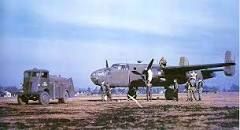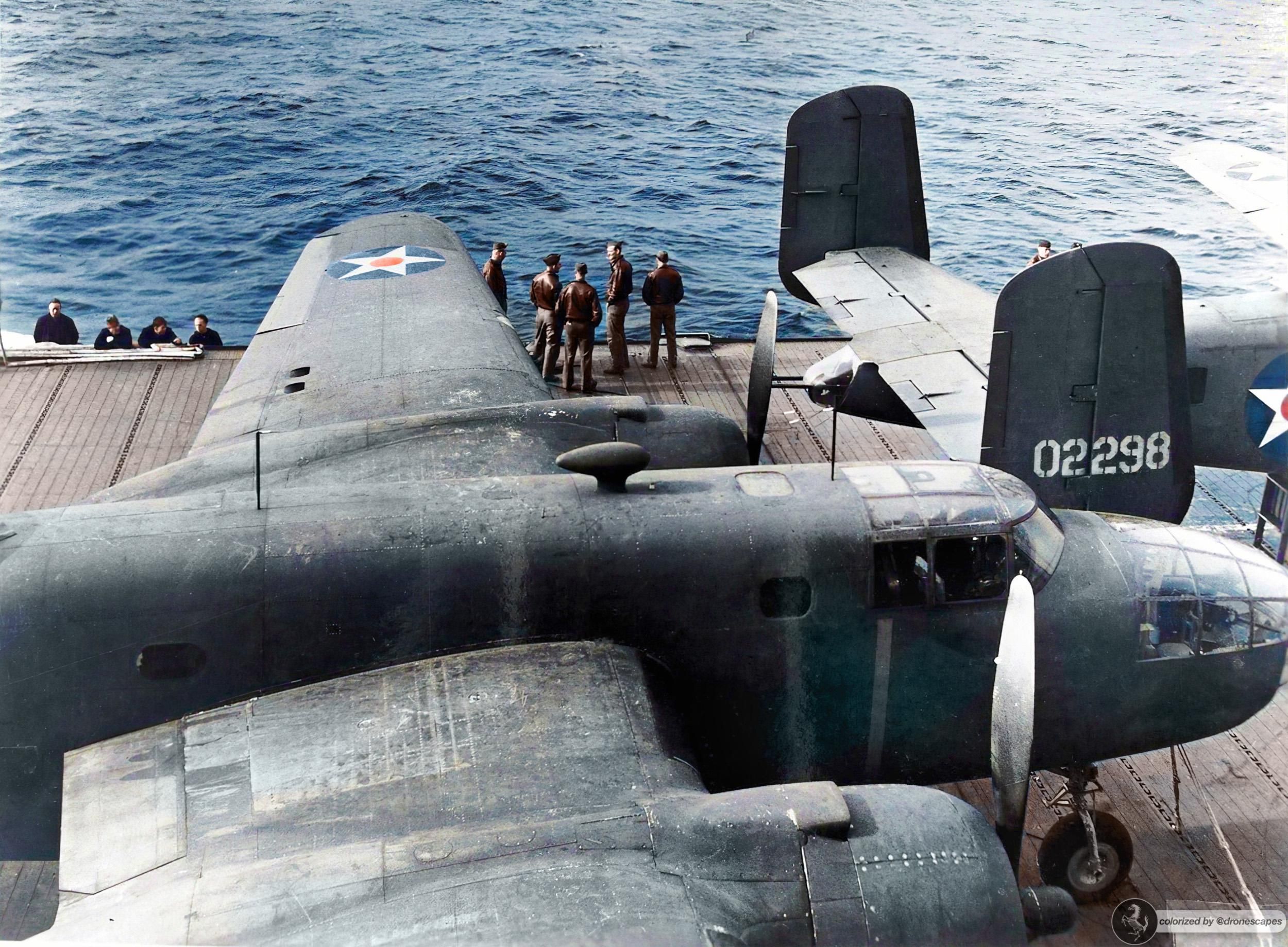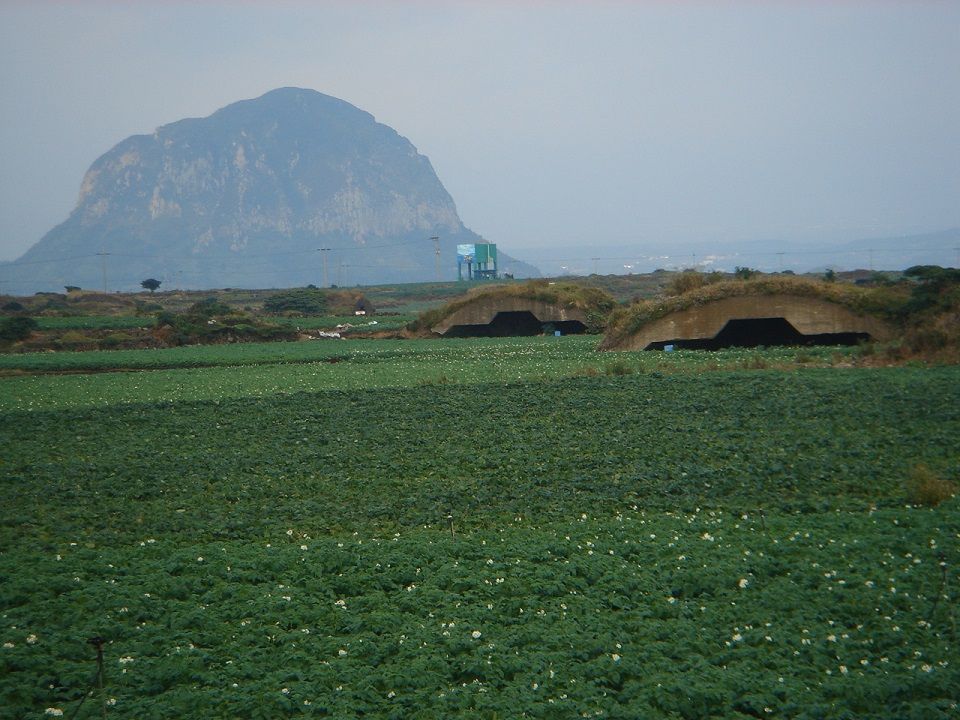Raider in the spotlight
The plan before and after bombing Japan
Jimmy Doolittle's initial report of the plan
Jimmy Doolittle's initial report of the plan suggested that the bombers could land in Vladivostok, Russia, shortening the flight by 600 nautical miles (1,100 km). The bombers would then remain in Russia and possibly be part of the Lend-Lease agreement between Russia and America. However, the negotiations with the Soviet Union were fruitless: no permission to land the B-25 bombers because Russia had signed a neutrality pact with Japan in April 1941. Russia wanted to maintain its neutrality towards Japan at all costs in order not to get into a war with Japan. Neutrality was important to Russia. The other side of the country was preparing for a possible war with Germany. Russia did not want a two-front war.
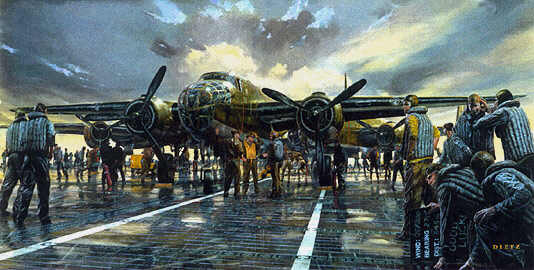
The Chinese Chiang Kai-shek (president at the time) agreed to make landing sites available in China to refuel. Despite concerns about Japanese reprisal as China was partly occupied by Japan.
Possible airfields were selected. These locations would serve as stopovers to refuel the aircraft. This allowed the crew to fly to Chungqing (present-day Tsjoenking) where they would meet after the raid on Japan. Chungqing was the capital of free China those days.
It was also decided to carry out bombing from low altitudes. The built-in bombsight was then no longer necessary. They were replaced by one of the pilots' own and lighter bombsight design.
We also note that bombers attacking defensive targets could often rely on a fighter escort to defend them against enemy fighters. However, these accompanying fighters were not applicable during the raid as the fighters could not cover the distances.
Before conducting the air raid or attack, a number of scenarios were possible when it came to taking off from the USS Hornet: take off and reach the targets at first daylight. Then the bombers had to take off at night from the aircraft carrier and they did not like that. This would be a surprise attack in the true sense of the word. The targets would be easily visible in daylight. The scenario of taking off with daylight was also discussed. Ideal for bombing but all the more dangerous for anti-aircraft guns and enemy fighters. Taking off when it gets dark and bombing at night was also a possibility.
Ultimately, a scenario would be chosen in which one plane took off earlier (early in the morning) to already drop bombs over Tokyo so that the others could find their targets more easily in and above Tokyo.
But in the event of contact with the enemy at sea, the bombers would have to take off immediately or the bombers would have to be pushed overboard. The deck then had to be cleared so that the fighters standing on the lower deck could be immediately lifted.

If the naval squadron would be spotted by the Japanese, it was stated that the bombers would also fly back to Midway or Hawaii or immediately to Tokyo.
Five major obstacles were foreseen:
1) The training and preparation;
2) Taking off from the aircraft carrier;
3) The surprise attack itself;
4) Fly safely to the final destination (China);
5) Refueling in China to continue the journey to the interior of China.
It would be discussed with the captain of the USS Hornet before the mission how many bombers could be put on deck. In any case, 24 crews were trained and 24 aircraft were prepared. However, it had already been calculated that sixteen bombers B-25 could be lifted onto the upper deck. But they opted to charge fifteen. The bombers would be placed aft of the flight deck by ship cranes.
Due to circumstances, it was eventually decided to hoist sixteen bombers on deck. More was really not possible because there was not enough space on the flight deck for more bombers. The distance to take off from the flight deck would then become too short due to the presence of too many aircraft on the upper deck or flight deck. 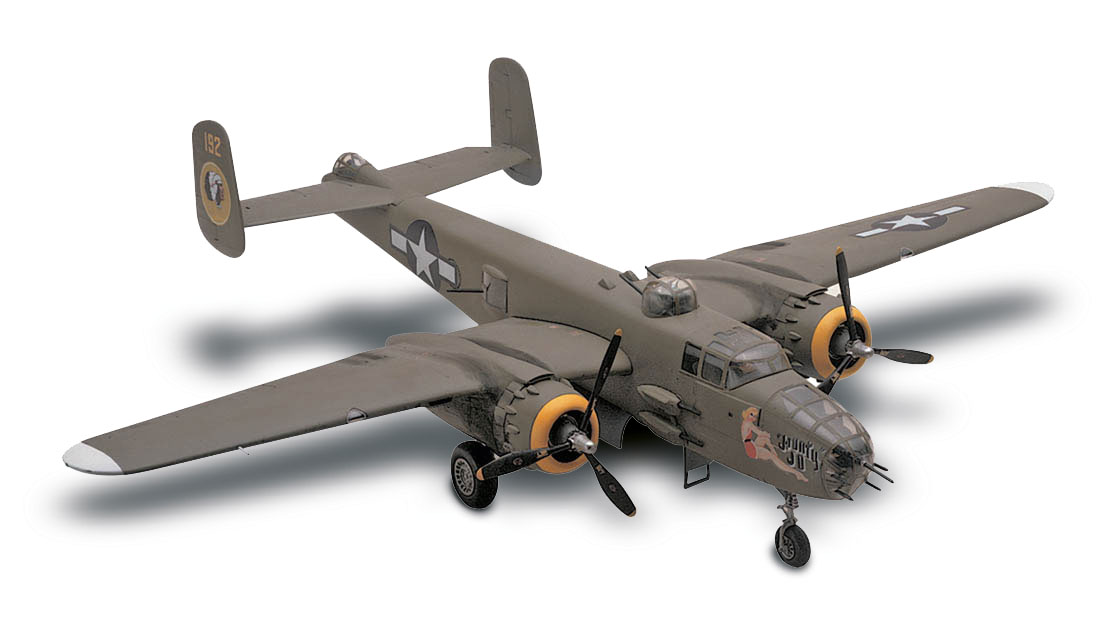
Refueling in China would be done as planned in groups of three aircraft. But it was feared that Japanese fighters would chase the USA bombers and attack them when they were refueling.
That is why the machinegun built into the front was adapted so that it could be removed from the aircraft and one could be fired sitting or standing from the ground at any attacking Japanese aircraft. This also required training. The machine gun belts for the ammunition for this were prepared and contained different types of ammunition.
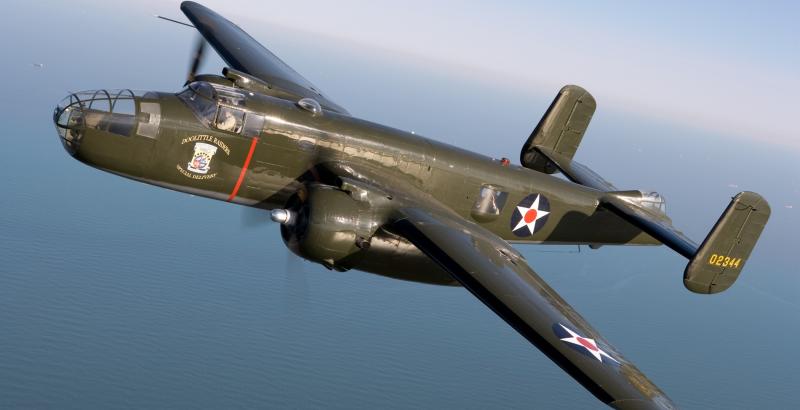
Writing down the full detailed plan here wouldn’t be beneficial. All parts of the plan will be discussed in further articles on this website.
About the secrecy of the mission as follows: when the crew was selected, the detailed content of the mission was not released. 24 crews were selected.
During the training and preparations at Eglin Field in Florida, Doolittle explained the purpose of the mission. Once the mission took off, the crews of the B-25 on the USS Hornet were briefed on the actual targets they intended to bomb
The Heroes of Doolittle's raid on Japan in april 1942
by Mr. Geert Rottiers
The book will be available soon.





